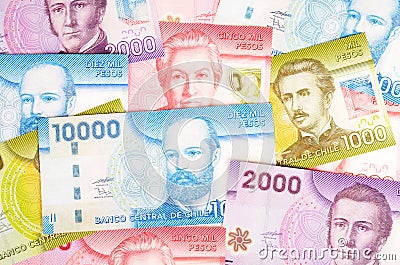But what about when you actually get where you're going? Take into consideration that you cannot have a paying job while abroad (but you can volunteer). So, be sure you have an estimate of what you can spend. With this estimate, what do you have to buy? You will have to pay for your own transportation (for more info on transportation cost, there is a post on my blog about public transportation). Occasionally you will have to pay for your own food. If you plan to do some extra travels, you will have to pay for everything that comes with that (food, hotel/hostel, transportation, tours, etc.).
My recommendation for money management: make a budget that you will follow while you are abroad. Know how much you are going abroad with and how it will be spent. Put your planned budget into an excel spreadsheet so that you can pull it up whenever you need to make sure you are on budget or change it. So what will you be paying for and about how much will it cost? Allocate money for public transportation ($2-$10 a week to go to and from classes). Money for food (I usually put about $5 a week towards purchasing my own food). Gifts to bring home (I am working with about $5-$20 per person that I want to buy for). Extra travels (it costs about $10 to get to Santiago and back to Valparaíso, not to mention flight or other bus costs that go with each trip).
Just one last tip before wrapping this up: when you get to your location, you should take a week or two to get accustomed to the exchange rate. Until you get a grasp of the exchange rate, you will probably spend much more than you normally would. Here in Chile, the easy conversion exchange is that 500 pesos equals about one dollar, but the real equivalency is 500 pesos to 85 cents. So things look super expensive, but they are actually, usually, cheaper than their equivalent in the US.


No comments:
Post a Comment